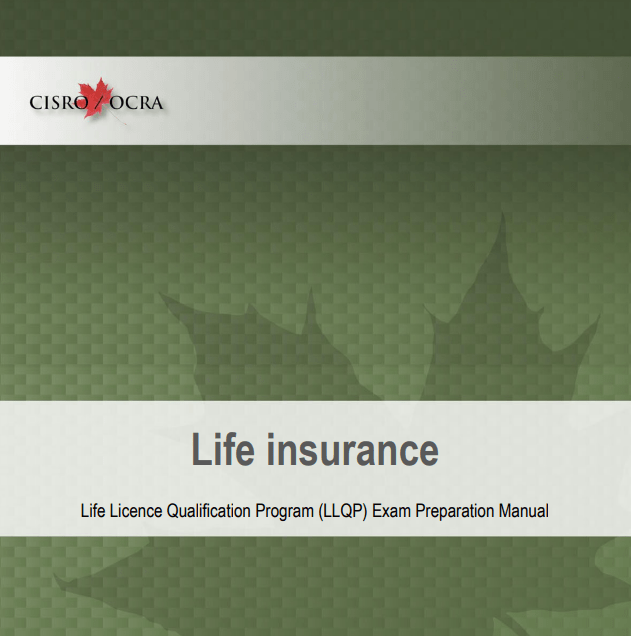
Co-Ownership of Real Property
Property can be owned by an individual or by several individuals, referred to as co-ownership. Co-ownership occurs in one of two ways: by a tenancy in common or through a joint tenancy.
Mortgage brokering in Ontario is regulated by the Financial Services Commission of Ontario (FSCO) and requires a license. To obtain a license you must first pass an accredited course. The Real Estate and Mortgage Institute of Canada Inc. (REMIC) is accredited by FSCO to provide the course. For more information please visit us at www.remic.ca/getlicensed or call us at 877-447-3642.
The major difference between the two centers around the right of survivorship, which refers to how ownership is transferred on the death of one of the co-owners.
Tenancy in Common:
A tenancy in common is a type of co-ownership of real property typically used by parties who wish to own individual shares in a property. For example, two business partners would like to purchase an office building. One is providing sixty percent of the purchase price while the other partner is investing forty percent. To reflect this arrangement, the ownership of the property is being divided into two portions, one representing a sixty percent ownership with the other representing a forty percent ownership.
Either party can sell, mortgage, or will his or her interest in the property, although most lenders would require all owners to sign on any mortgage placed on the property. This is due to the fact that, if the borrower defaults, the lender would have a difficult time selling a portion of an office building. If one party decided to sell his or her interest in the property, the other party would become the new tenant in common.
Tenancy in Common:
A joint tenancy is a type of co-ownership of real property typically used by spouses purchasing a matrimonial home. Unlike a tenancy in common, where each owner owns a divided share of the property, joint tenants own an undivided interest in the property. In other words, both own one hundred percent of the property together. If one co-owner dies, the property then becomes the surviving owner’s property without having to go through the probate process.
Some parents will add a child or children on title as joint tenants so that, on the death of the surviving parent, the property becomes the child’s without going through the process and paying the costs of probate. However, there may be income tax implications involved in this process since, when property other than a principal residence is transferred to a non-spouse, a disposition is deemed to occur at fair market value. The result is that any accrued gain is taxable in the year of disposition which may result in tax payable that exceeds the amount that would have been payable in probate fees.

Cain Daniel
Cain Daniel has held positions with both a national mortgage brokerage firm and an Ontario Credit Union for the past 8 years. His previous roles include training and development for a national financial services company, as well as an instructor while in Germany. Cain continues to be instrumental in the development of Remic’s sales training modules, marketing content, and social media workshops. He is responsible for assisting brokerages grow their business through new agent training and the implementation of educational and training programs designed to increase the brokerage’s market share and overall agent performance.











